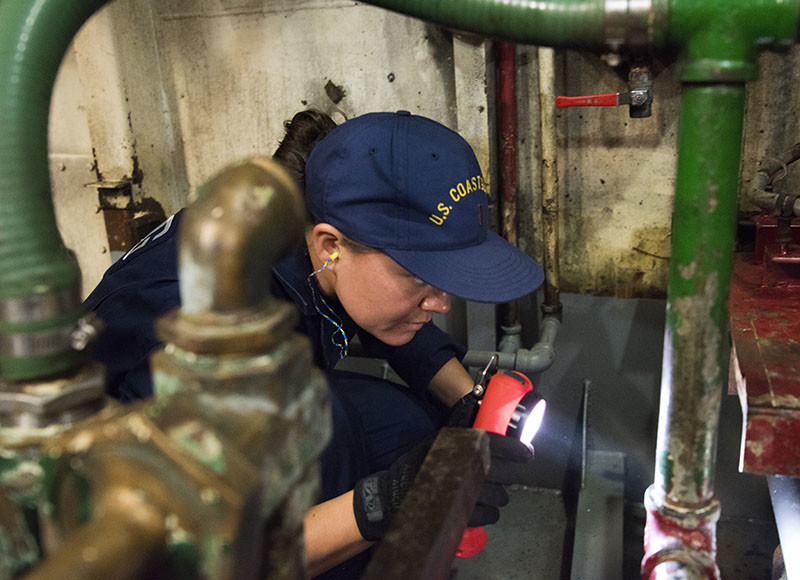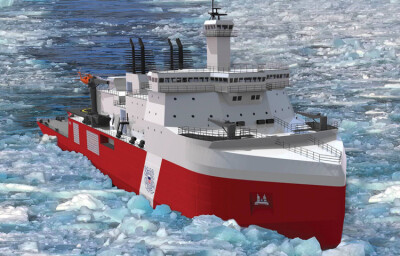Passenger vessel operators have been caught off guard by the Coast Guard’s new risk assessment tool. This new inspection policy is a reaction to recent marine casualties such as the M/V Conception and apparently is also related to local Officers in Charge, Marine Inspection (OCMI) using the risk-based decision making (RBDM) guidelines introduced in 2017.
Under RBDM, Coast Guard inspectors would use a scoring matrix to assign a risk score to passenger vessels in their areas. This approach was intended to help the Coast Guard better manage its inspection resources. Unfortunately, it fell on deaf ears in the field.
On Jan. 1, the Coast Guard announced a new program that identifies inspection guidelines for passenger vessels of “high risk.” The problem is that the Coast Guard is relying on computational methods that consider a variety of factors such as compliance history, vessel age, type of route traveled, the history of similar vessel types of operations and others. A mathematical equation is run, and a vessel is either considered high risk or not.
Some passenger vessel operators are surprised and confused that they have received letters from the Coast Guard classifying their vessels as high risk. These operators, who have years of experience in safe vessel operations, are concerned about their reputations in light of receiving such notices.
Years ago, the Coast Guard conducted a safety assessment of the Port of Cincinnati. At the time, my company operated a shoreside restaurant called the Mike Fink, aboard a permanently moored vessel. The restaurant had three distinct means of egress and other mandated safety features as well as a superior safety record. Nonetheless, it was listed as the most dangerous venue in the port. I was shocked. I immediately went to see the OCMI, arguing that such a classification would affect our insurance rates, fire and rescue assessment, and our overall reputation with the public.
Much of the information that is collected or issued by the Coast Guard, such as marine casualty reports or inspection 835s, can be easily accessed by the public. In today’s world of instant communications, one bad trip review or news story can have a debilitating effect on a company. The phrase high risk conjures up all kinds of frightening scenarios though none may actually exist. For example, each year since the onset of Coast Guard security inspections, BB Riverboats has received an 835 from our Coast Guard inspector reading “no deficiencies.” Will the public realize that there are no deficiencies even though a form 835 is a reporting mechanism for deficiencies?
I am not against systems and programs that streamline and improve operations, but the Coast Guard should consider that using terms such as high risk affects public perception and our reputations. We have spent years building our reputations and we cannot afford to have it threatened unnecessarily.





